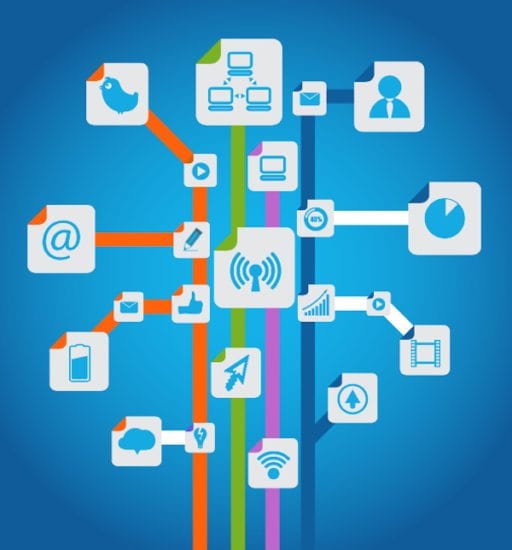Netskope has released the Netskope Cloud and Threat Spotlight: January 2022, disclosing new research highlighting the growth of malware and malicious payloads delivered by cloud apps. The analysis identified trends in cloud attacker activities and data risks from 2021 compared to 2020. Report Highlights:
- Google Drive emerges as the top app for malware downloads, taking over that spot from Microsoft OneDrive, while the percentage of malware downloads from cloud apps increased from 46%, peaked at 73% and plateaued at 66%.
- Emotet copycats continue to abuse Microsoft Office documents, which continue to represent one-third of all malware downloads, compared to one-fifth of all malware downloads prior to Emotet.
- More than half of managed cloud app instances are targeted by credential attacks, while the sources of such attacks shift from a few heavy hitters to a more decentralized attack.
- Employee attrition leads to data exfiltration, as one out of very seven users take data with them when they leave using personal app instances.
- Cloud adoption continues to rise, with the rising popularity of Cloud Storage apps attracting abuse by both attackers (for malware delivery) and insider threats (for data exfiltration).
The opinions expressed in this post belongs to the individual contributors and do not necessarily reflect the views of Information Security Buzz.



